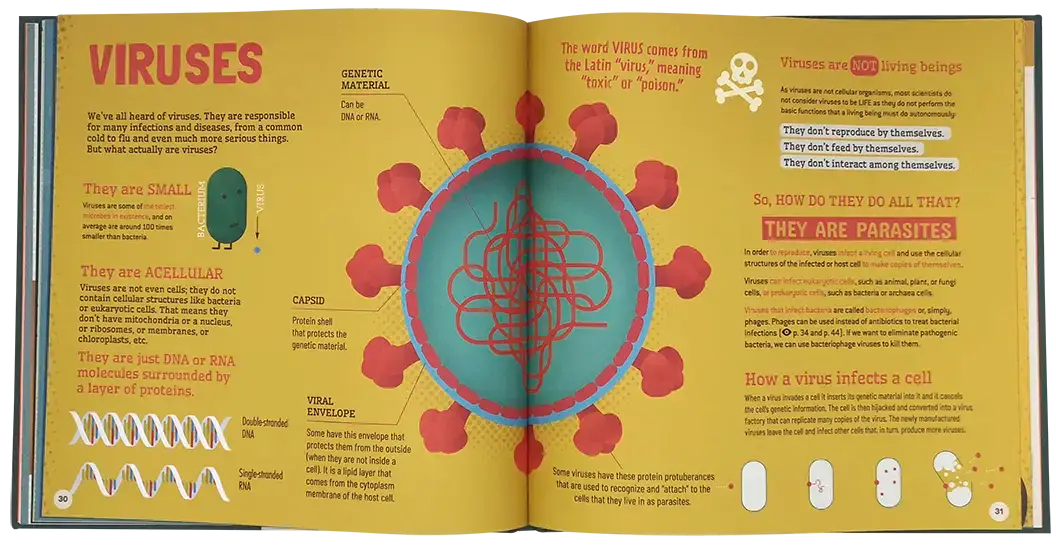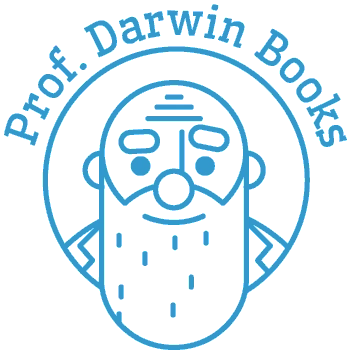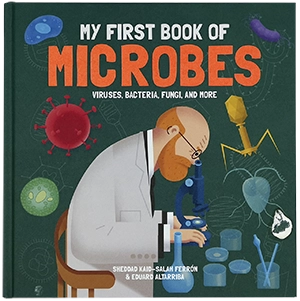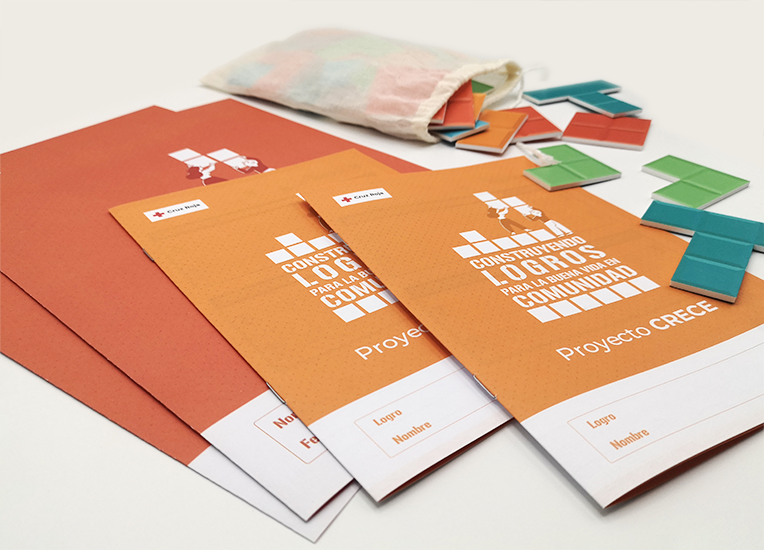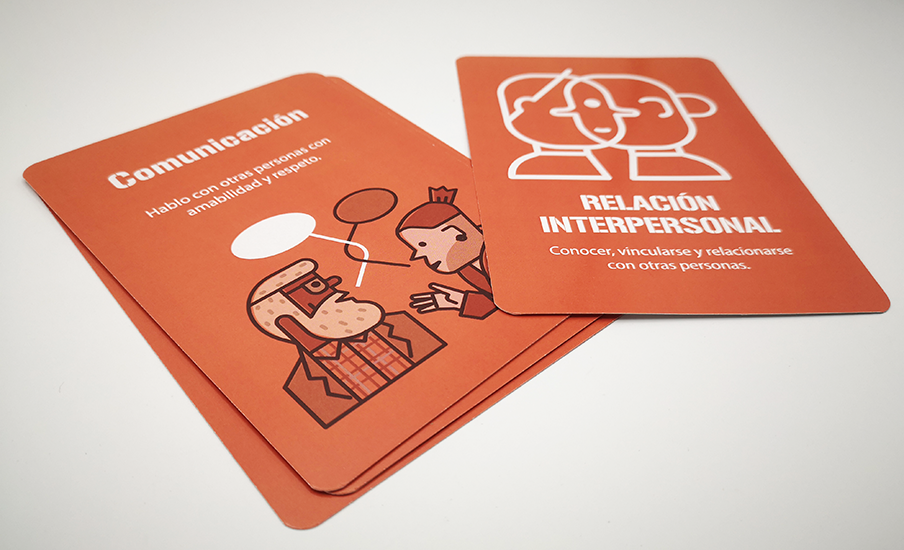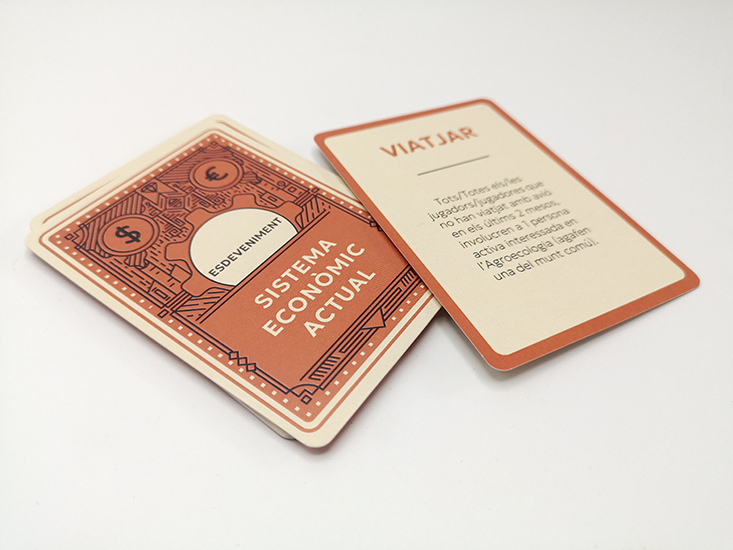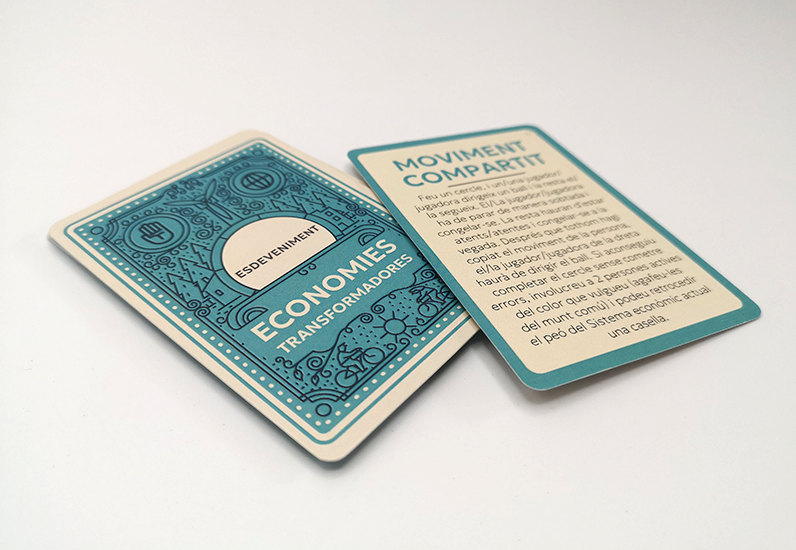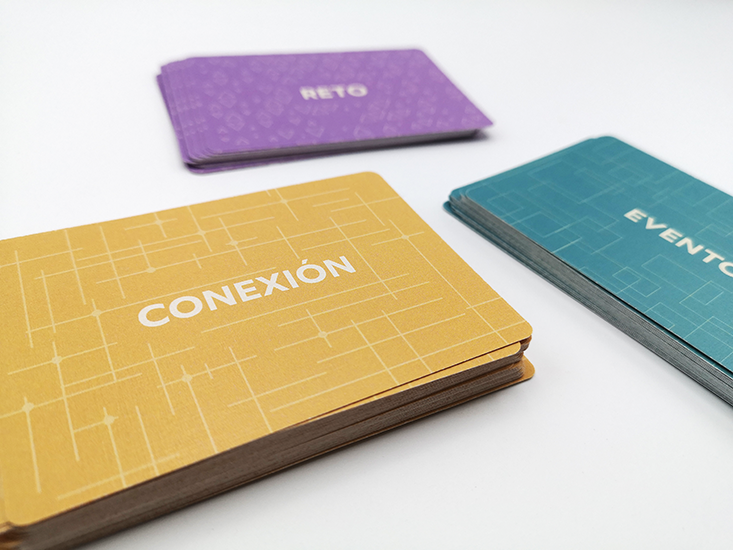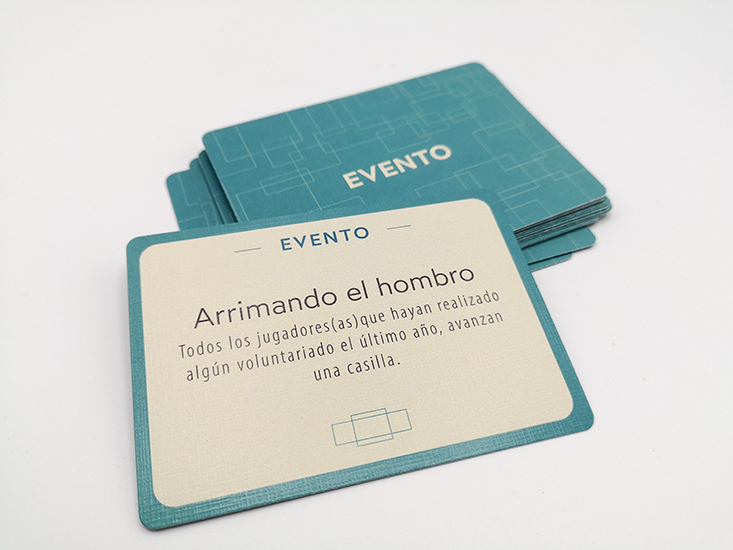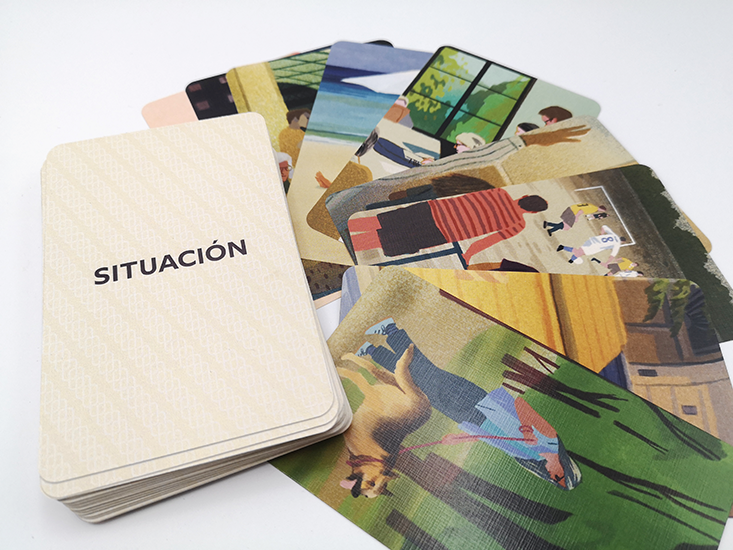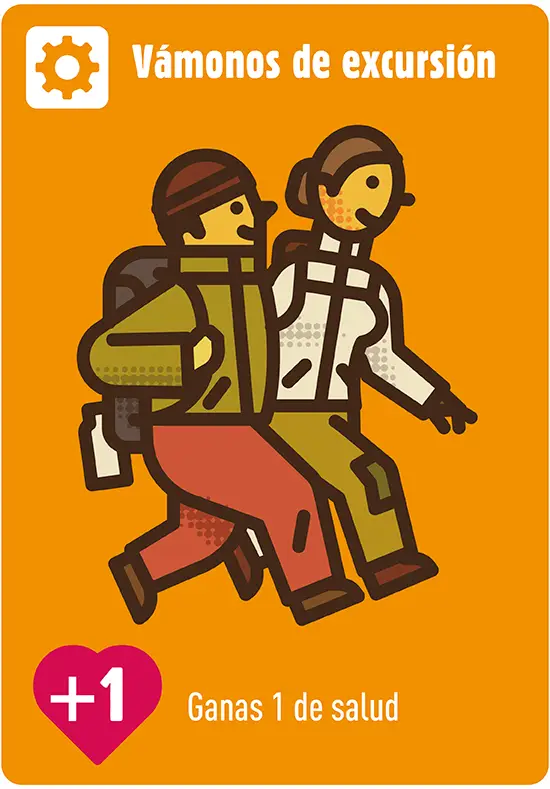My First Book of Microbes
Science book for children
My First Book of Microbes reveals everything you need to know about these miniature marvels of nature.
You’ll discover what they are, where they come form, and what they do, as well as which ones are good and which can be harmful.
Microbes are essential to all life on the planet-included yours!
Illustration: Eduard Altarriba Bigas
Text: Sheddad Kaid-Salah Ferrón
An original idea by Alababalà
The word Microbe comes from the Greek micrós, ‘small’ and bíos, ‘life’.
Microbes, or as we also call them, Microorganisms, are the smallest beings on Earth. They are so small that we cannot see them with the naked eye and we can only observe them under a microscope.
Microbes were the first inhabitants on Earth. The oldest microorganism fossils date back over 3.7 billion years ago and they are the oldest form of life we know.
We can find microbes everywhere: in our bodies, in plants, in food, and even in the most inhospitable places, such as fumaroles on the ocean bed, surviving at temperatures higher than 212’F (100 °C), under the cold Antarctic ice, at less than 14’F (10 °C below zero), or several milles/kilometers below the earth’s surface with no light or oxygen.
Microbes are very important for life on our planet and without them we could not eat or breathe. Plants would have no nutrients to feed on either, and the oxygen in the atmosphere that we breathe would not exist. We also use them to produce food, such as cheese, bread and yoghurt, and to make medicines.
But not all microbes are good for us and some cause diseases in animals and plants.
Probably, in millions of years’ time, as the Sun gets older and even hotter, microorganisms will be the last life forms to vanish from Earth when our planet starts to become uninhabitable.
Welcome to the diminutive world of these fascinating creatures!


